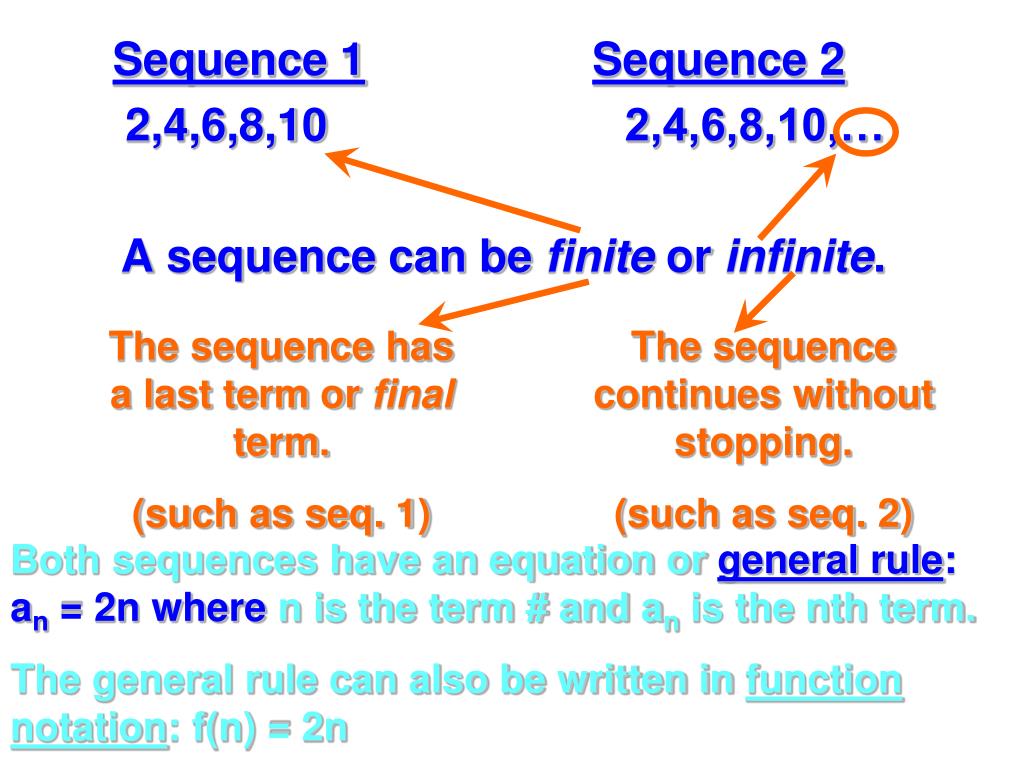

You may refer to the blog on how to setup the connection

The required connection setup is like S/4 direct connection. Setup connection from S/4 to Business Network for Logistics You have report this to SAP via incident.ġ.
TYPE OF SEQUENCE AND EXAMPLES CODE
The output of this code shows that the filter() and map() functions are called only when building the result list. terminal operation: obtaining the result as a List Println("Lengths of first 4 words longer than 3 chars") Val lengthsSequence = wordsSequence.filter Val words = "The quick brown fox jumps over the lazy dog".split(" ") The code below filters the words longer than three characters and prints the lengths of first four such words. IterableĪssume that you have a list of words. Let's take a look at the difference between Iterable and Sequence with an example. That is mentioned specifically in their documentation. Sequences can be iterated multiple times however some sequence implementations might constrain themselves to be iterated only once. Sequence elements can be retrieved only with terminal operations. Examples of terminal operations are toList() or sum(). If a sequence operation returns another sequence, which is produced lazily, it's called intermediate. Stateful operations require a significant amount of state, usually proportional to the number of elements in a sequence. Stateless operations can also require a small constant amount of state to process an element, for example, take() or drop(). Stateless operations require no state and process each element independently, for example, map() or filter().

The sequence operations can be classified into the following groups regarding their state requirements: To create a sequence, call the sequenceOf() function listing the elements as its arguments. Hence, you should consider both Sequence and Iterable and decide which one is better for your case. However, the lazy nature of sequences adds some overhead which may be significant when processing smaller collections or doing simpler computations. So, the sequences let you avoid building results of intermediate steps, therefore improving the performance of the whole collection processing chain. In turn, Iterable completes each step for the whole collection and then proceeds to the next step. The order of operations execution is different as well: Sequence performs all the processing steps one-by-one for every single element. In turn, multi-step processing of sequences is executed lazily when possible: actual computing happens only when the result of the whole processing chain is requested. The following step executes on this collection. When the processing of an Iterable includes multiple steps, they are executed eagerly: each processing step completes and returns its result – an intermediate collection. Sequences offer the same functions as Iterable but implement another approach to multi-step collection processing. Unlike collections, sequences don't contain elements, they produce them while iterating. Along with collections, the Kotlin standard library contains another type – sequences ( Sequence).


 0 kommentar(er)
0 kommentar(er)
